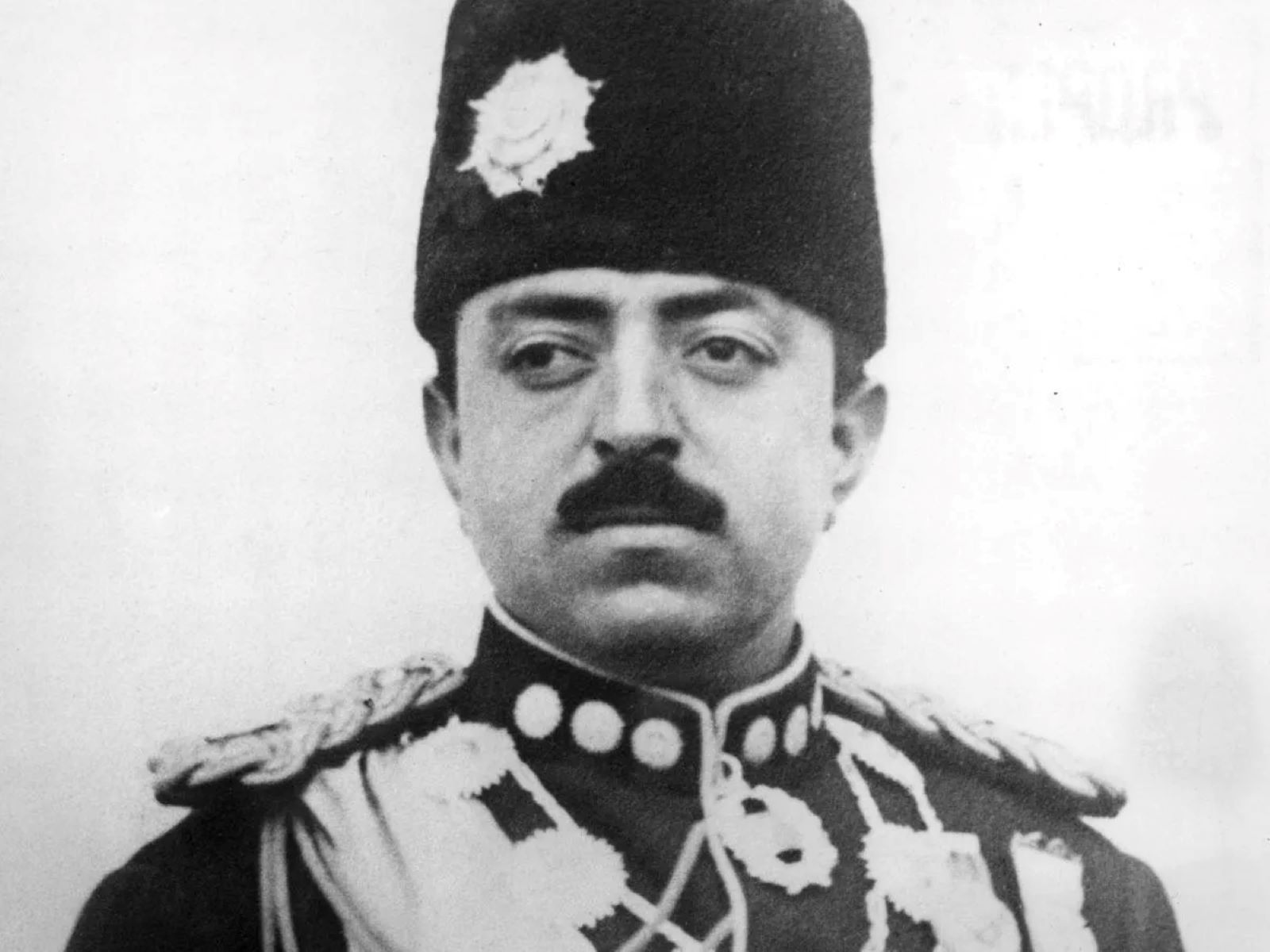
King Amanullah Khan, the charismatic ruler of Afghanistan during the early 20th century, remains a fascinating figure in history. With his progressive reforms and bold vision, he transformed the traditional society of Afghanistan, making significant strides towards modernization and nation-building. Amanullah’s reign, which lasted from 1919 to 1929, was marked by various achievements and controversies that continue to captivate historians and enthusiasts alike. In this article, we will explore eight astounding facts about King Amanullah’s life and reign, shedding light on the remarkable endeavors and challenges faced by this visionary leader. From his ambitious reforms to his quest for gender equality, these facts will unveil the intriguing and multifaceted persona of one of Afghanistan’s most influential monarchs.
Key Takeaways:
- King Amanullah, the “Reformer King,” modernized Afghanistan from 1919 to 1929, championing education, women’s rights, and infrastructure development.
- Despite being forced into exile, King Amanullah’s progressive reforms and vision for a modern Afghanistan continue to inspire political and social movements in the nation.
King Amanullah was the ruler of Afghanistan from 1919 to 1929.
During his reign, King Amanullah implemented numerous progressive reforms and modernization efforts in Afghanistan.
He is often referred to as the “Reformer King.”
King Amanullah’s reign was characterized by his strong desire to modernize Afghanistan and bring it on par with other nations.
King Amanullah introduced a new constitution.
In 1923, he established a new constitution that guaranteed civil rights, freedom of expression, and equality for all Afghan citizens.
He promoted education and women’s rights.
King Amanullah championed education and made significant strides in improving access to education for both men and women. He also actively supported women’s rights and encouraged them to participate in public life.
King Amanullah undertook infrastructure development projects.
During his reign, he initiated large-scale infrastructure projects, including the construction of roads, bridges, and irrigation systems, to improve the overall development of Afghanistan.
He resisted foreign influence.
King Amanullah sought to maintain Afghanistan’s independence and sovereignty by resisting foreign influence, particularly from the British Empire.
King Amanullah was forced into exile.
Following a series of uprisings and insurrections, King Amanullah was ultimately forced to abdicate the throne and went into exile in Europe in 1929.
King Amanullah’s legacy continues to inspire.
Despite his forced exile, King Amanullah’s progressive reforms and vision for a modern Afghanistan left a lasting impact. His efforts and ideas continue to inspire political and social movements in Afghanistan.
These 8 Astounding Facts About King Amanullah shed light on the remarkable reign of one of Afghanistan’s most influential rulers. King Amanullah’s commitment to modernization, social reform, and independence transformed the nation and left an indelible mark on its history. His legacy serves as a reminder of the power of visionary leadership and the potential for change.
Conclusion
King Amanullah of Afghanistan was a prominent and influential figure in history. His reign was marked by numerous accomplishments and bold initiatives that shaped the course of the country. From modernizing Afghanistan’s education system to advocating for women’s rights, King Amanullah demonstrated a progressive and visionary approach that set him apart from his contemporaries. His efforts to establish diplomatic relations with other nations and promote Afghanistan’s independence were commendable. Despite facing challenges and ultimately being deposed, his legacy lives on, inspiring future leaders and contributing to the ongoing transformation of Afghanistan. King Amanullah’s remarkable life and achievements serve as a testament to the power of determination, innovation, and the relentless pursuit of progress.
FAQs
Q: When did King Amanullah rule Afghanistan?
A: King Amanullah ruled Afghanistan from 1919 until 1929.
Q: What were some of King Amanullah’s major accomplishments?
A: King Amanullah modernized Afghanistan’s education system, introduced a new constitution, advocated for women’s rights, and sought to establish diplomatic ties with other nations.
Q: How did King Amanullah contribute to women’s rights in Afghanistan?
A: King Amanullah’s reform initiatives included allowing women to remove the veil, promoting women’s education, and giving women the right to vote.
Q: Why was King Amanullah ultimately deposed?
A: King Amanullah’s attempts to modernize society and promote social reforms faced opposition from conservative factions, leading to a rebellion and his eventual abdication.
Q: What is King Amanullah’s legacy?
A: King Amanullah’s legacy includes his role in modernizing Afghanistan, advocating for women’s rights, and working towards establishing Afghan independence.
King Amanullah's legacy continues to inspire modernization efforts in Afghanistan and beyond. His progressive reforms paved the way for future leaders to embrace change and strive for a better future. Discover more about another influential leader, Mohammad Reza Pahlavi, whose modernization initiatives transformed Iran during his reign.
Was this page helpful?
Our commitment to delivering trustworthy and engaging content is at the heart of what we do. Each fact on our site is contributed by real users like you, bringing a wealth of diverse insights and information. To ensure the highest standards of accuracy and reliability, our dedicated editors meticulously review each submission. This process guarantees that the facts we share are not only fascinating but also credible. Trust in our commitment to quality and authenticity as you explore and learn with us.
